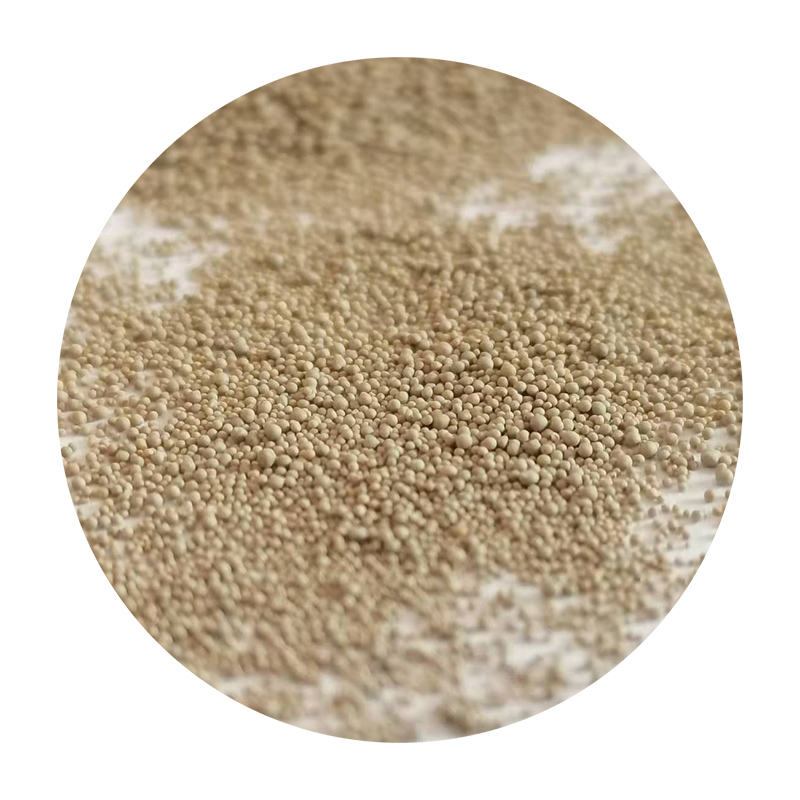Investment Casting Sand The Key to Precision and Quality in Metal Casting
Investment casting, often referred to as precision casting or lost-wax casting, is a sophisticated manufacturing process that allows for the creation of complex metal parts with high accuracy and excellent surface finish. A crucial component of this process is the type of sand used, which plays a vital role in determining the quality of the final product. This article explores the significance of investment casting sand, its properties, and its impact on the casting process.
Understanding Investment Casting
Before delving into the specifics of casting sand, it is essential to understand the general principles of investment casting. The process begins with creating a wax pattern that is an exact replica of the desired part. This pattern is then coated with a ceramic shell for strength and heat resistance. Once the shell is formed, the wax is melted away, leaving a hollow mold into which molten metal is poured. The choice of materials in this process, particularly the sand used for creating the shell or mold, can significantly affect the outcome.
The Role of Sand in Investment Casting
The sand used in investment casting is typically part of the mold-making process. While traditional sand casting relies on a mixture of sand and binders, investment casting focuses on creating a precise ceramic shell. However, fine sand can still be used during the initial mold preparation stages, especially in creating a smooth, even surface that will influence the casting quality.
Properties of Investment Casting Sand
1. Grain Size and Shape The grain size and shape of the sand particles are crucial for achieving a smooth surface finish on the final cast. Fine, well-graded sand helps reduce the surface roughness of the mold. Ideally, the sand should be angular, as it allows for better compaction and improves the mold's strength.
2. Thermal Stability The sand used should have high thermal stability to withstand the extreme temperatures of molten metals. Any thermal deformation can lead to defects in the casting, such as warping or cracking. The right sand composition helps maintain the integrity of the mold throughout the casting process.
investment casting sand

3. Chemical Composition The chemical makeup of the sand influences its performance during casting. Silica sand is commonly used due to its availability and favorable thermal properties. However, other compositions and additives can be employed depending on the specific requirements of the casting process, such as the metal type and the desired mechanical properties of the final product.
4. Reusability One of the benefits of utilizing advanced investment casting methods is the ability to reuse can be substantial. High-quality investment casting sands can withstand multiple castings, reducing waste and lowering costs. This is particularly beneficial for manufacturers aiming to increase efficiency and sustainability.
Impact on The Casting Process
The selection of investment casting sand impacts various stages of the casting process. A well-chosen sand can lead to
- Improved Dimensional Accuracy The finer the sand grains, the better the surface detail and dimensional accuracy of the cast parts. This is particularly important in industries such as aerospace and medical device manufacturing, where precision is paramount.
- Enhanced Surface Finish A smooth shell made from fine sand results in a superior surface finish, reducing the need for extensive post-casting processing. This not only saves time but also minimizes costs.
- Reduced Defects Properly selected sand can help mitigate common casting defects such as sand inclusions, porosity, and holes. By providing a high-quality mold that can capture intricate details, manufacturers enhance the overall integrity of the finished product.
Conclusion
Investment casting sand plays a critical role in the precision, quality, and efficiency of the investment casting process. Its properties directly influence the final outcome of cast parts, from their surface finish to their dimensional accuracy. As industries demand greater complexity and precision in their components, the importance of selecting the right investment casting sand cannot be overstated. In a world where quality and performance are crucial, investing in the right materials can make all the difference between failure and success in metal casting applications.
Post time:دسمبر . 19, 2024 02:03
Next:Applications and Benefits of Sand Casting in Manufacturing Processes
